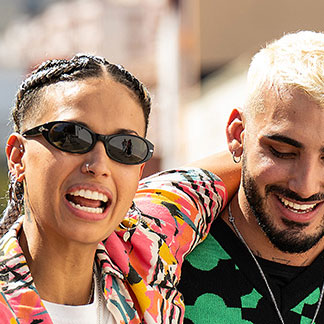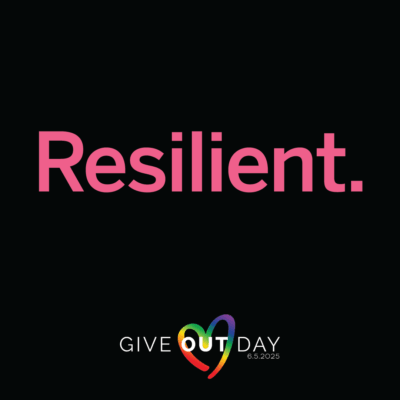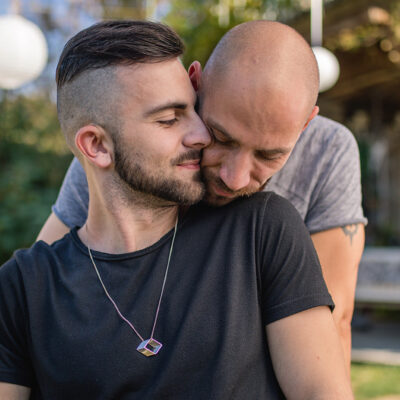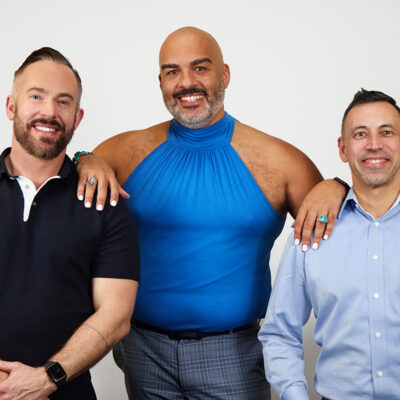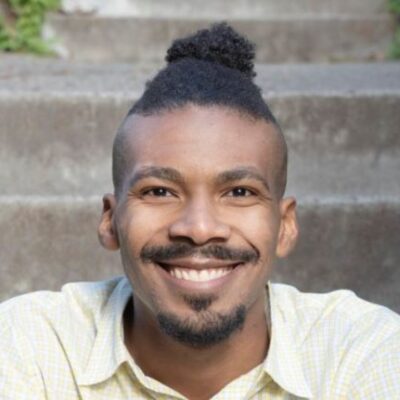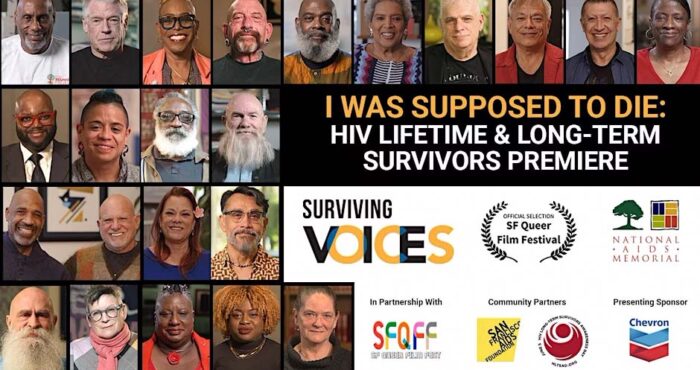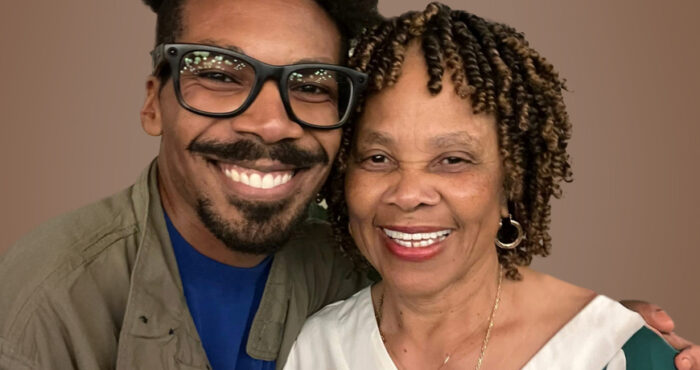This month — Pride Month – you’ve probably seen rainbows plastered on buildings, apparel, face masks, parades, and company logos as everyone vies to put their support of the LGBTQ+ community on display. In other areas of the world, LGBTQ identities are still shunned, classified as mental disorders, and illegal. Knowing this, we celebrate so much visible encouragement, because visibility is important. Now, our LGBTQ visibility has reached a new sphere of influence — the flagpoles of U.S. embassies around the world.
On May 17, the International Day Against Homophobia and Transphobia, Secretary of State Antony Blinken announced alongside other Biden Administration officials a plan to overturn a Trump-era policy, which banned the Pride flag from being flown next to the U.S. flag. This special reversal and new authorization, Secretary Blinked explained, now allows U.S. embassies to display the Pride flag at diplomatic outposts through the month of June, which for the U.S. and many countries around the world is Pride month. The move is wholly consistent with what Secretary Blinked articulated in his Senate confirmation, “I think the United States playing the role that it should be playing in standing up for and defending the rights of LGBTQI people is something that the department is going to take on and take on immediately.”
Although the U.S. is a beacon for democracy, which is a word that comes from Greek origins meaning “power to the people,” what does it mean when power is distributed inequitably and these inequities aren’t acknowledged within a “democracy”? Can democracy truly thrive? Being seen, heard, and valued is crucial (hello face glitter and peacock eyeshadow!), not just for our own wellbeing as a marginalized community, but for the sake of democracy. In fact, visibility and representation are cornerstones of democracy, and the U.S. underscores the values we’ve always held dear when we publicly display our support for the LGBTQ community.
The Trump-era policy banning Pride flags from embassy flagpoles was explained in 2019 by then-Vice President Mike Pence, who said in an interview that, “when it comes to the American flagpole and American embassies and capitals around the world, one American flag flies.” Then-Secretary Mike Pompeo agreed, enforcing policies that embassies could display Pride symbols elsewhere with the embassies.
The Trump Administration’s response made many people wonder whether those leaders understood how much work is needed to ensure that LGBTQ people around the world are allowed to live with dignity and respect for who they truly are–and what role the U.S. could play in this global human rights campaign. In 73 countries, for example, homosexuality is still considered a crime, in some places punishable by death. Sarah Hegazi,a 30-year old queer activist, was arrested, tortured and sexually assaulted for raising the Pride flag while at a concert in Egypt in 2017. Sarah died by suicide while in asylum in Canada. And just this past month, Alireza Monfared, a gay man from Iran, was allegedly killed by family members, just days before leaving Iran to seek asylum. Alireza was only 20 years old.
Despite the state of LGBTQ rights globally, we’re still lightyears ahead of where we were in 1978 when the Pride flag was created. Artist Gilbert Baker, an openly gay man and a drag queen, concieved the first rainbow flag for the San Francisco Gay Freedom Celebration. And as of this month, the original Pride flag has been returned to San Francisco. In the original eight-color version, each color had significance. Pink represents sexuality, red for life, orange for healing, yellow for the sun, green for nature, turquoise for art, indigo for harmony, and, finally, violet for spirit. Additional colors have been added over the years to represent inclusivity to recognize the intersectional challenges of Black, Brown, and trans individuals, as well.
In this latest move by the Biden Administration, it was the government who took the first step, but of course, we do not have to wait for new legislation or an election cycle to have an impact. Just as Gilbert Baker did by first creating the Pride flag, each of us can play a part in creating an inclusive world.
If we can foster a world where everyone feels safe – physically and emotionally – to bring their whole selves wherever they go and be visible, we can each play a small part in affecting change on a much grander scale. Consider the poor health outcomes for LGBTQ individuals. Shame, fear, and discimination are among the factors contributing to these disparities. In fact, we know that the life outcomes for LGBTQ youth with supportive families are much brighter.
The Pride flag tells many people “We see you. Live your truth. The world is a better place.” The flag has become a physical way to manifest what Harvey Milk, the first openly gay elected official in the history of California, once said, “Gay people, we will not win our rights by staying quietly in our closets.” It serves us all to remember these words as we build a better world for each other.

